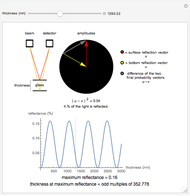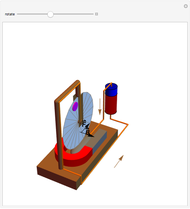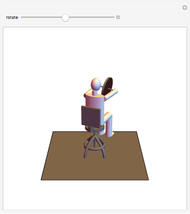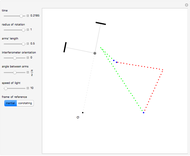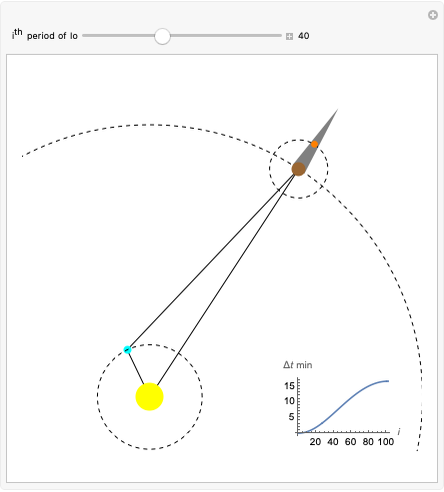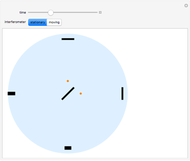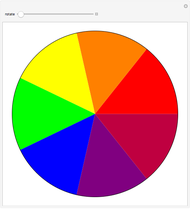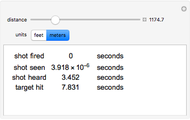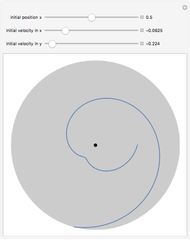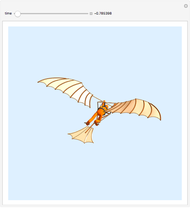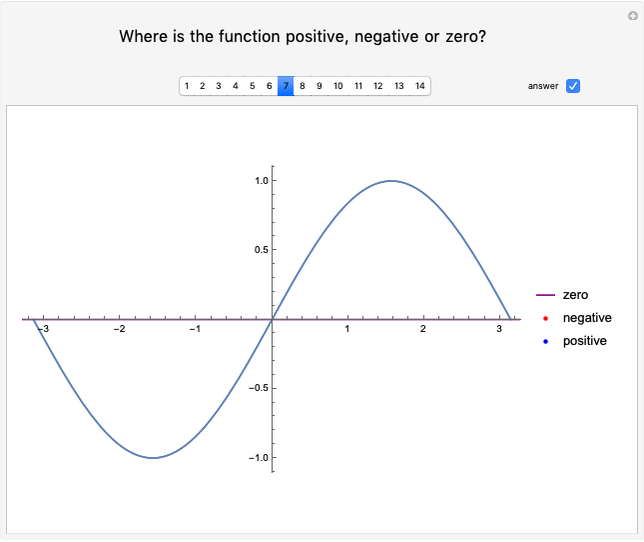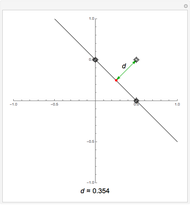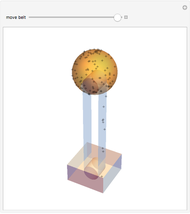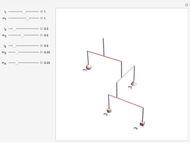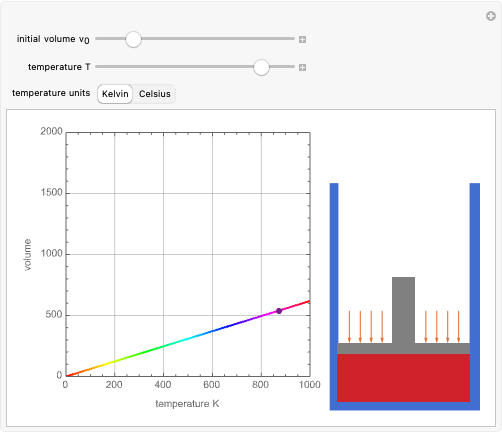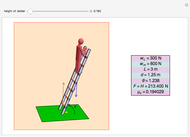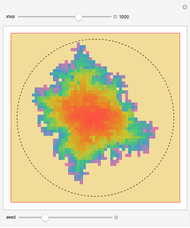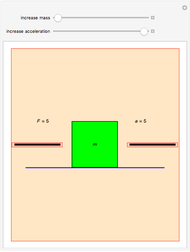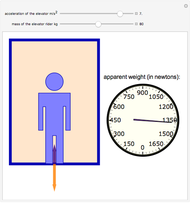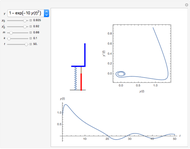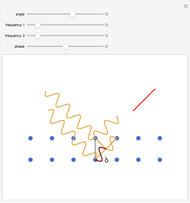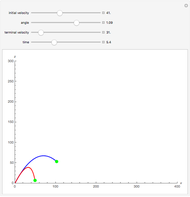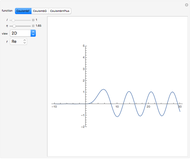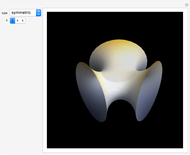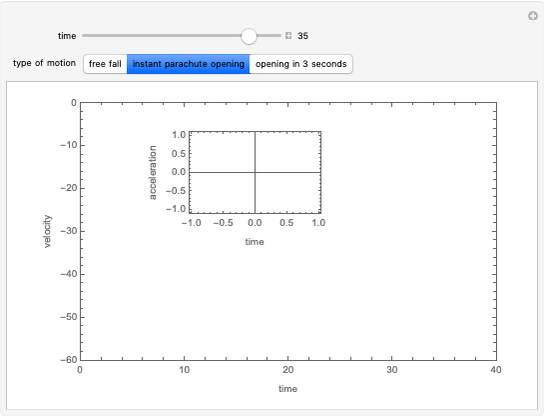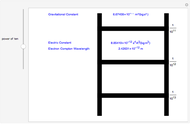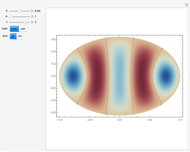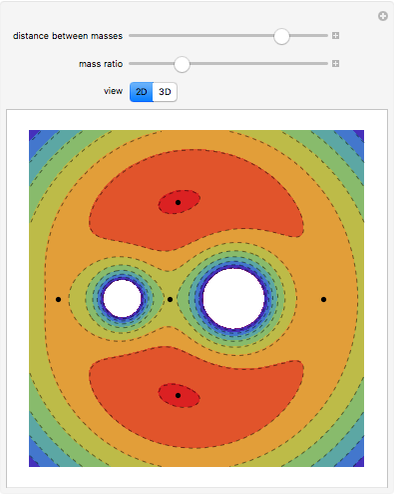Fizeau Wheel

Requires a Wolfram Notebook System
Interact on desktop, mobile and cloud with the free Wolfram Player or other Wolfram Language products.
French physicist Armand-Hippolyte-Louis Fizeau developed an experimental method to measure the speed of light on Earth, rather than having to deal with astronomical phenomena. A light source emits a beam of light that is reflected in a partially transparent mirror and then passes between the teeth of a rotating cogwheel toward another mirror at a large distance. It is then reflected back to pass through the teeth of the cogwheel in the opposite direction and to an observer. As the speed of rotation increases, the next tooth blocks the light and so it is possible to determine the speed of the beam passing through the same gap. From the geometry of the experiment, the speed of light can be calculated.
Contributed by: Enrique Zeleny (November 2011)
Open content licensed under CC BY-NC-SA
Snapshots
Details
detailSectionParagraphPermanent Citation
"Fizeau Wheel"
http://demonstrations.wolfram.com/FizeauWheel/
Wolfram Demonstrations Project
Published: November 3 2011






